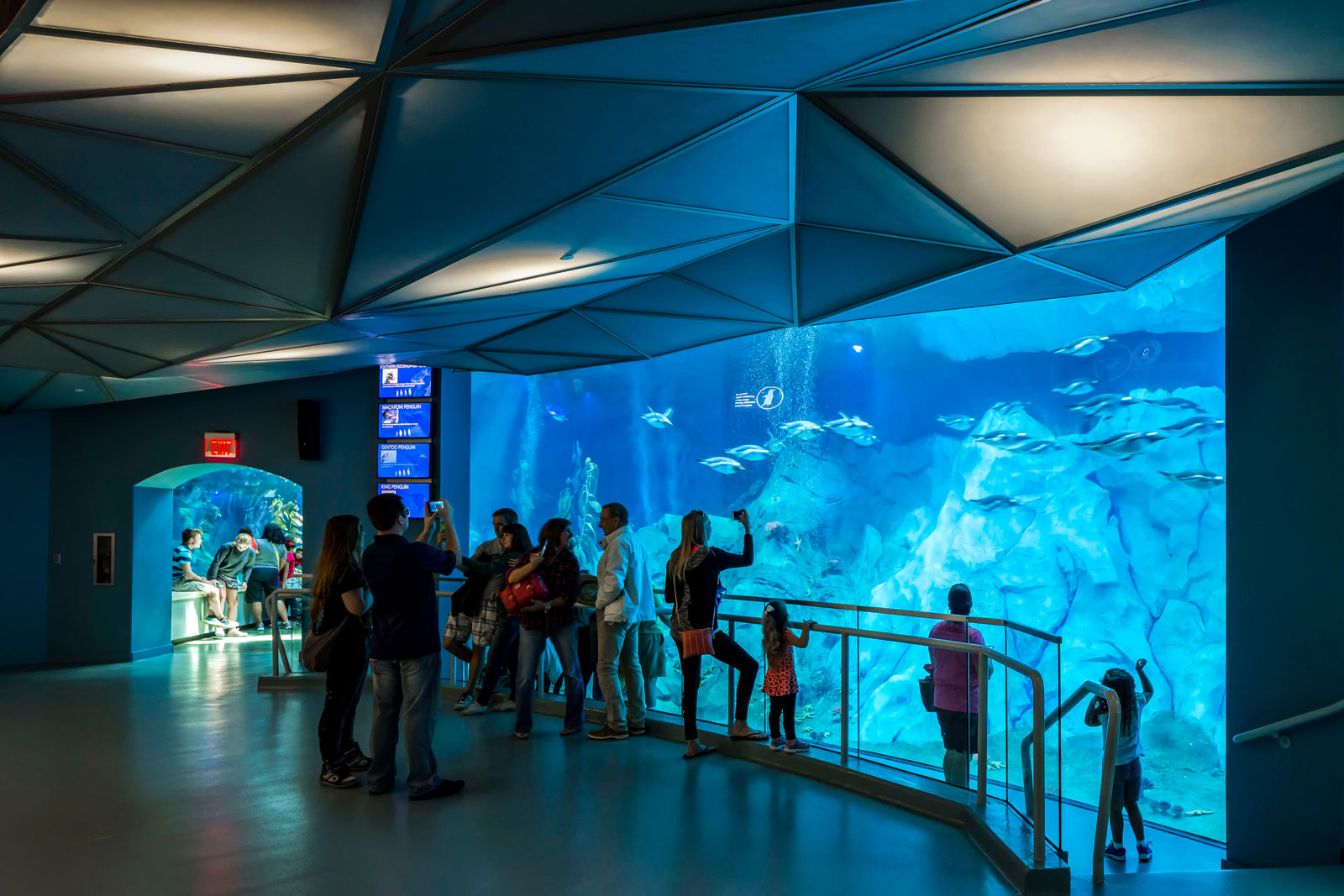
Royal Oak, Michigan
Detroit Zoological Society
Polk Penguin Conservation Center
The new Polk Penguin Conservation Center at the Detroit Zoo, a $30 million facility opened in 2016, is the largest center in the U.S. devoted to public education on penguin conservation.
Home to over 80 penguins of four species—Rockhopper, Macaroni, King and Gentoo—this Antarctic habitat optimizes animal well-being and encourages wild behavior, including sliding, diving, nesting, and rearing young. In 2017, the Center won the Top Honors Exhibit Award from the Association of Zoos & Aquariums (AZA).
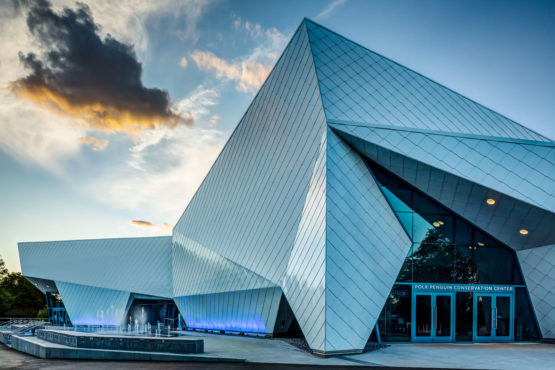
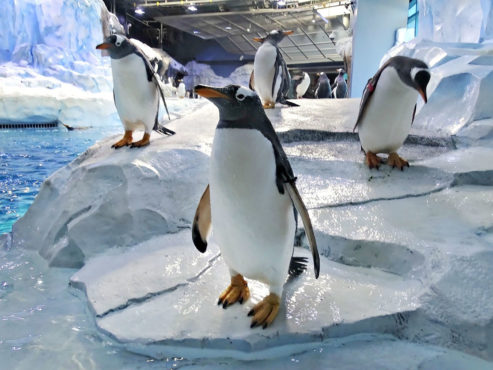 Above: Photo by Detroit Zoo
Above: Photo by Detroit Zoo
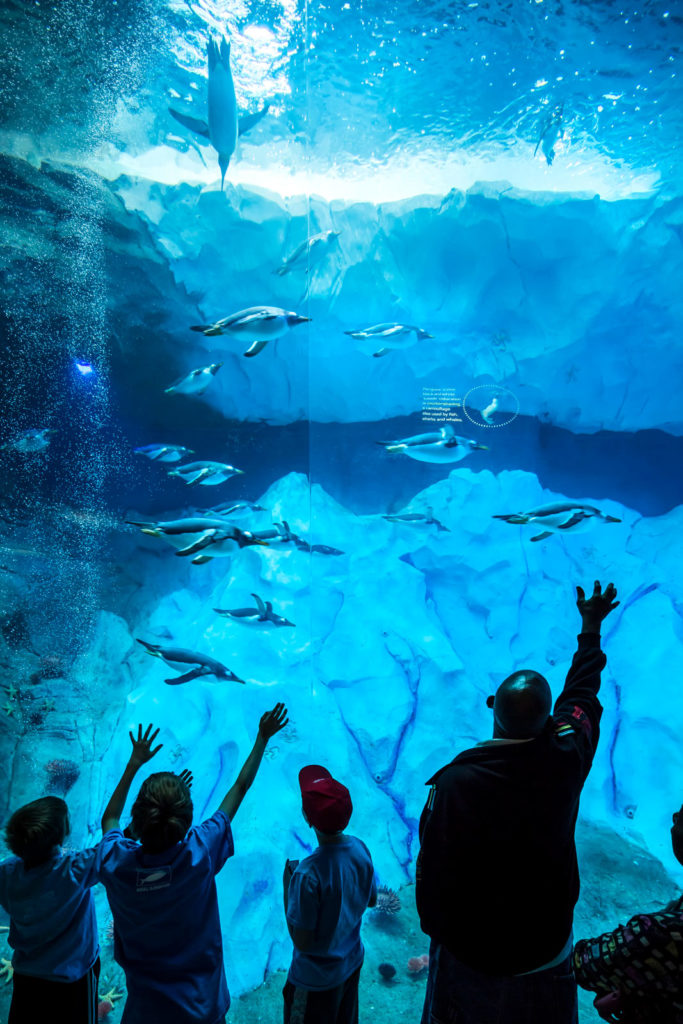


Dublin, Ireland
Dublin Zoo
Gorilla Rainforest
Following the Dublin Zoo Master Plan developed by Jones & Jones, the Director of the zoo charged us with creating a new habitat for the zoo’s family of Western Lowland Gorillas. The design for this new tropical forest habitat is based on the swamp forests of the Lac-Tele Reserve in the Congo, giving the zoo’s gorillas plenty of space with over an acre of diverse habitats similar to the grassland, forest and river matrix of their ancestral home.
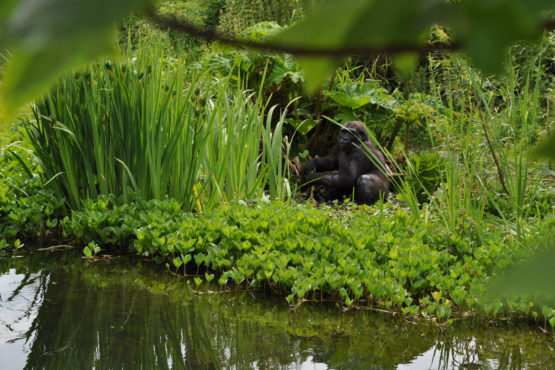
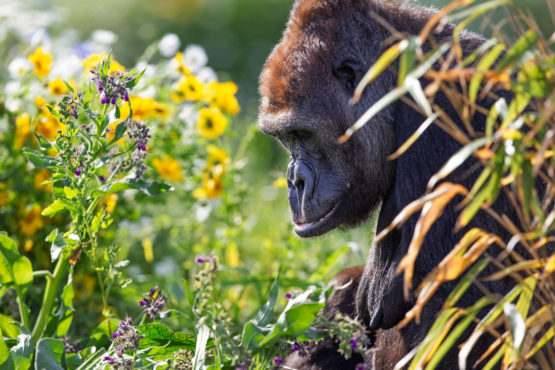 Above image courtesy of Dublin Zoo
Above image courtesy of Dublin Zoo
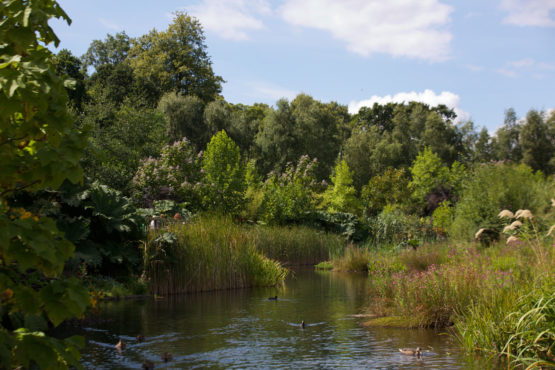 Above image courtesy of Dublin Zoo
Above image courtesy of Dublin Zoo

Dublin, Ireland
Dublin Zoo
Orangutan Forest
The Orangutan Forest at Dublin Zoo, opened in 2016, is a unique forest habitat for orangutans, matching respect of existing landscape and the behavioral needs of the orangutans to successfully create an arboreal habitat that recreates the character of their natural environment.
The orangutan habitat consists of two distinct habitats, a peninsula and an island, linked by trees and lianas with a forest backdrop. The design of the habitat was guided by the behavioral needs of the orangutans.
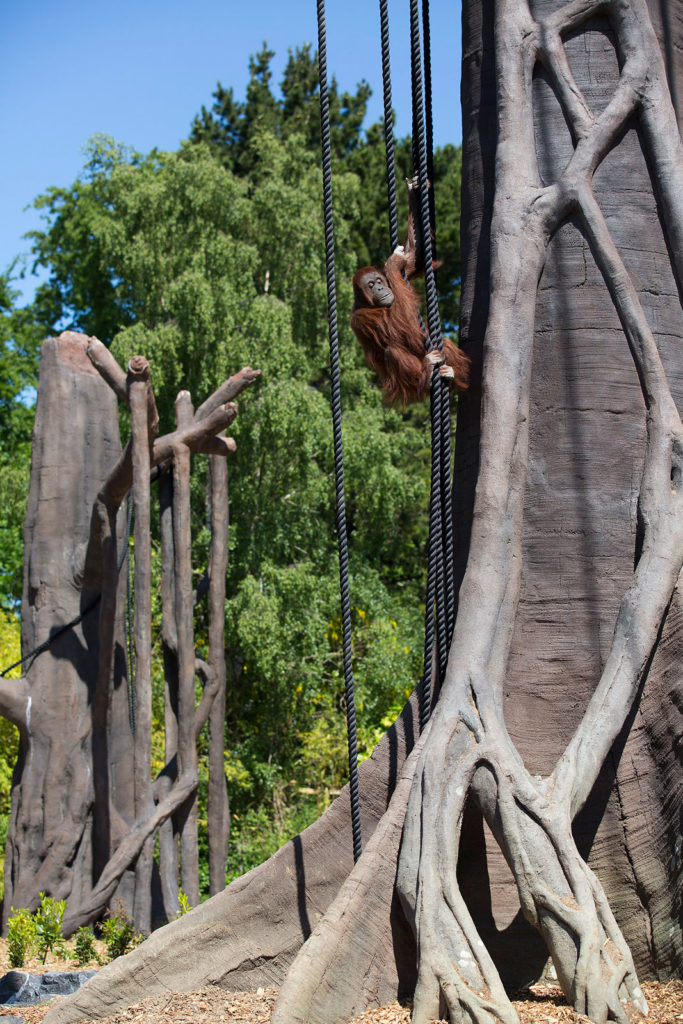 Above: Photo courtesy of Patrick Bolger
Above: Photo courtesy of Patrick Bolger
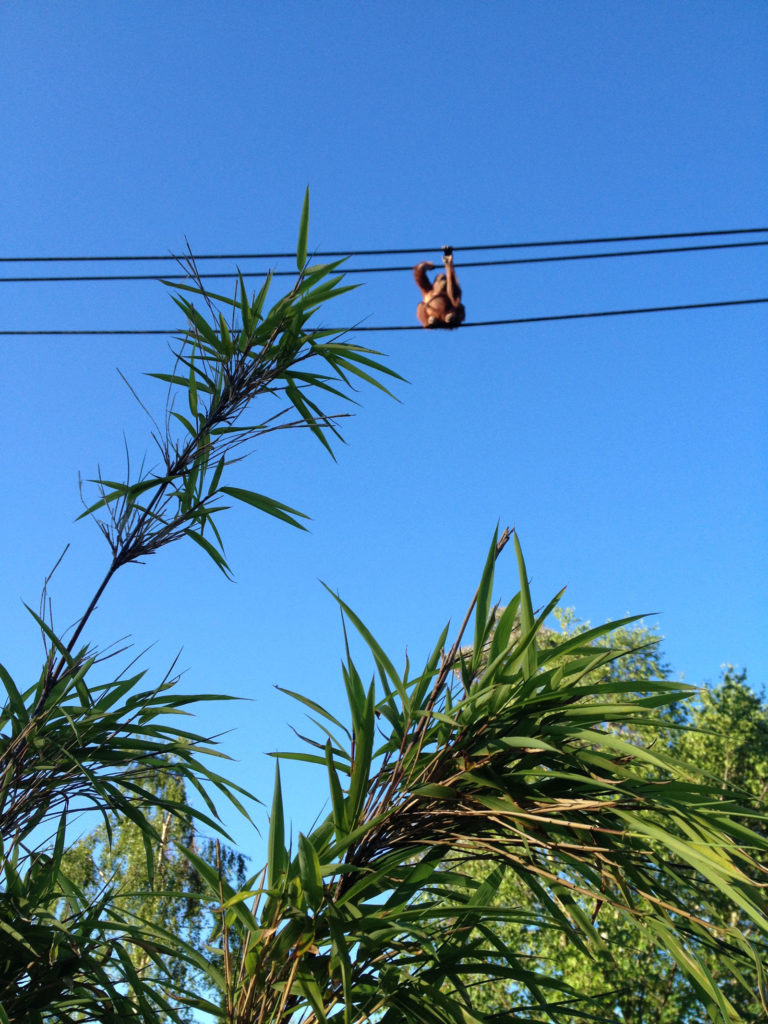

Portland, Oregon
Oregon Zoo
Oregon Zoo Education Center with Opsis Architecture
The Oregon Zoo's new Education Center is designed to create a hub of environmental learning and activity, with a special connection to the community’s youth. The Center is also designed for net-zero annual energy use and has earned LEED Platinum certification from the U.S. Green Building Council.
Winner of the AIA COTE Top Ten Award for Sustainable Design Excellence, the Center is designed with passive ventilation cooling strategies, 760 solar panels, use of Forest Stewardship Council certified wood products, bird-friendly lights and fritted glass, a Wildlife Garden shelter and bee hotel, rain water collection, ample daylighting, aggressive energy efficiency targets and use of salvaged materials in gardens.
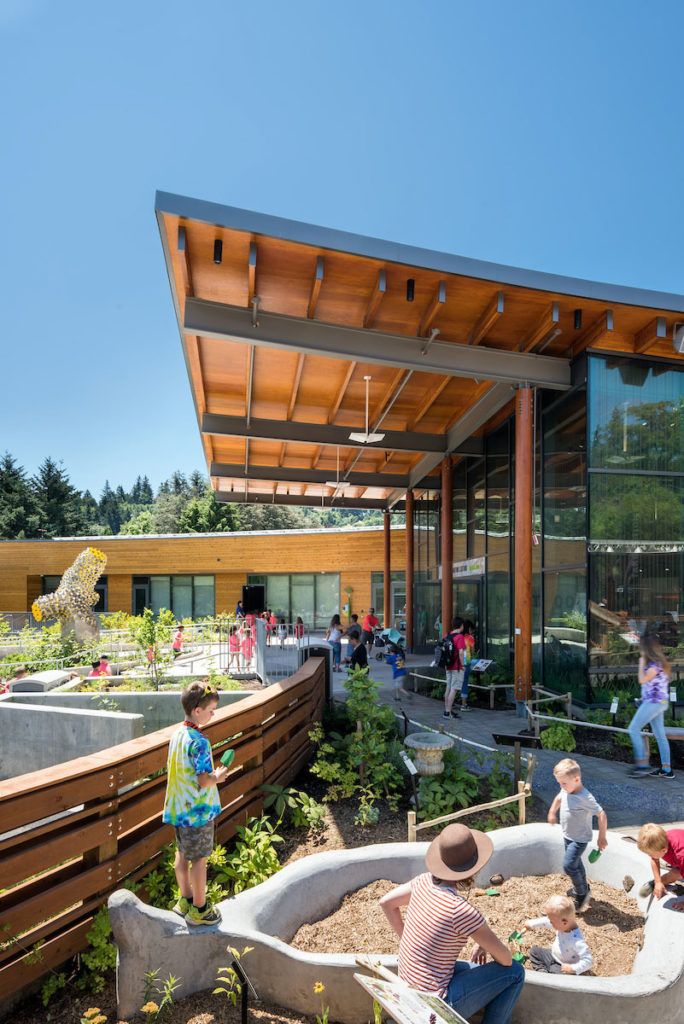
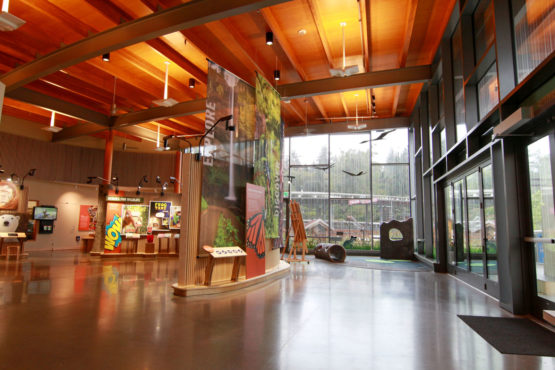
1 / 4




